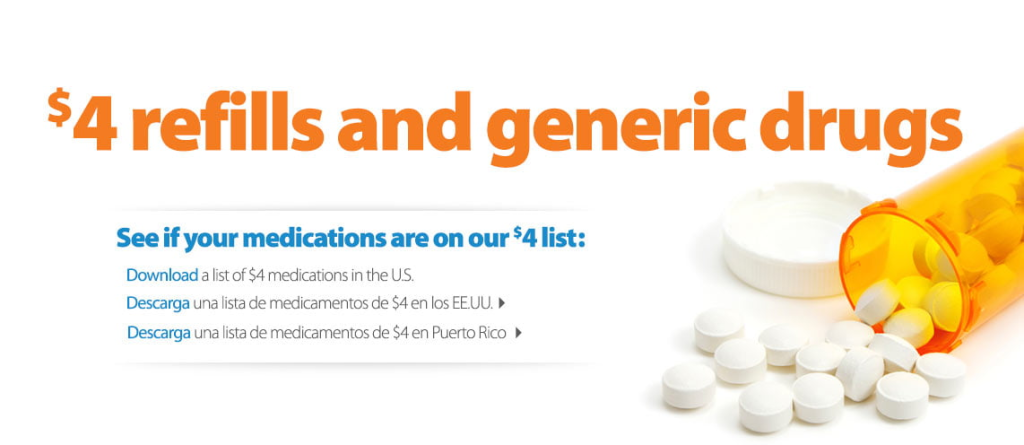
“Congress and state legislatures should consider allowing insurance plans not to cover common generic drugs. This move would fundamentally resolve the spread pricing problem created by pharmacy benefit managers, eliminate wasteful spending on these drugs and lower insurance premiums for all.”
By Ge Bai – Forbes Contributor
Generic drugs constitute 90% of filled prescriptions and represent 18% of prescription drug spending in the United States. Studies demonstrate that health insurance coverage makes common generic drugs more expensive. Removing insurance complexity for these drugs will generate savings for patients, workers, employers and taxpayers.
For common generic drugs, the Medicare Part D program paid more than half of what it would have paid at the cash prices from Mark Cuban Cost Plus Drug Company or Costco. Across all insurance programs, patients’ out-of-pocket payments alone exceeded the Amazon cash price for 40% and the GoodRx cash price for 79% of prescriptions in the deductible phase.
For generic drugs available over-the-counter (OTC), the Medicare Part D program paid 2.3 times more than it would have at the OTC cash prices, which, in some cases, were even lower than patients’ out-of-pocket payments. Consider omeprazole and sodium bicarbonate (heartburn relief), for which Medicare Part D pays $28.75 per capsule, while the OTC price is $0.80. Similarly, for mometasone furoate nasal allergy spray, Medicare Part D pays $5.22 per spray, whereas its OTC price was only $0.18.
Insurance creates value for enrollees by shielding them from the financial impact of high-cost catastrophic events through risk pooling. However, for low-cost events, where enrollees are not exposed to a significant financial risk, the administrative complexity of insurance outweighs the benefits of risk pooling, making cash transactions a superior option for consumers. That’s why home insurance does not cover faucet replacements, and car insurance does not cover oil changes.
However, in health care, expanding insurance coverage to as many services and products as possible, irrespective of how low their initial costs are, has been presented to the public as a desired feature of insurance and an ultimate policy pursuit. For low-cost common generic drugs, insurance coverage inevitably creates wasteful spending for patients, workers, employers and taxpayers.
As insurance coverage result in many patients facing high out-of-pocket payments for common generic drugs, cash-pay business models—such as Amazon Pharmacy, Costco, GoodRx, and Mark Cuban Cost Plus Company—have entered the arena to satisfy patients’ unmet demand for lower out-of-pocket payments.
Their competition exerts downward pressure on generic drug prices. For example, Amazon Pharmacy’s RxPass cash-pay program, covering common generic drugs, requires a $5 monthly payment, comparable to the copayment for a single prescription for most patients when using their insurance.
Congress and state legislatures should consider allowing insurance plans not to cover common generic drugs. This move would fundamentally resolve the spread pricing problem created by pharmacy benefit managers, eliminate wasteful spending on these drugs and lower insurance premiums for all.
Policymakers should also consider relaxing restrictions on Health Savings Accounts (HSAs) to allow enrollees the flexibility to receive contributions, directly contribute to and use them for self-directed purposes, such as cash payment for generic drugs.
Health insurance creates substantial value for enrollees by covering high-cost events. However, it becomes an inflating vehicle to pay for low-cost products, such as common generic drugs. We should purchase them as direct consumers rather than being passive benefit takers. Ultimately it is our money, and we demand the control over it.

This is a great article! Why on earth do plans pay for generic drugs through third party intermediaries when paying cash is a lot less expensive? Instead of relying on a PBM, why not carve out all those generics on the $4 Walmart drug list? There is not a plan member on the planet that can’t afford $4 and there’s a Walmart in just about every town across the Fruited Plain. Or how about CVS? 85% of CVS® prescriptions are under $10 per month. See details.* Here are some more pharmacies with $4 prescriptions – Click on the retailer below to see the details of their prescription program and examples of $4 medications.

